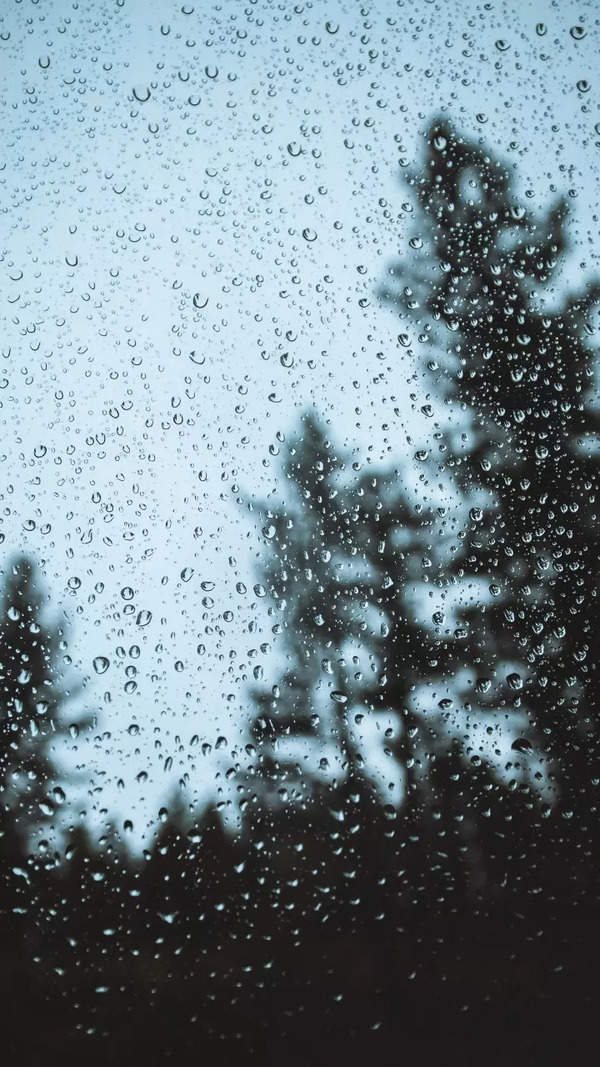- News
- City News
- gurgaon News
- High contaminants in leachate near landfill, groundwater to be tested
High contaminants in leachate near landfill, groundwater to be tested

Gurgaon: Samples of leachate collected from the Aravalis near the Bandhwari landfill were found to contain toxic substances and chemicals much higher than the permissible limits, according to results of tests released by the Haryana State Pollution Control Board (HSPCB) on Thursday.
The samples were collected on May 24 to evaluate if untreated leachate was flowing into the Aravalis. The report said among the contaminants were suspended solids, oil and grease. All these, the report said, were being discharged into the Aravalis and could adversely impact the groundwater.
A spokesperson for Ecogreen, the concessionaire that manages waste in the city and operates the Bandhwari site, said, “Only treated leachate is released. They are within the limits mentioned in the SWM Rules, 2016.”
The samples collected from the site showed that both BOD (biological oxygen demand) and COD (chemical oxygen demand) were around six times higher than the prescribed limit. According to the Central Pollution Control Board (CPCB), BOD and COD in a river or waterbody should be less than 30 mg/l and 250 mg/l, respectively. In this case, however, BOD near the landfill was 180 mg/l while COD was 1,440 mg/l. BOD is a measure of the oxygen required for bacteria to decompose organic components present in water, while COD is an indication of the chemicals in it.
“Leachate can contaminate the groundwater as well as the soil. It is harmful for both human beings and wildlife,” said Vinod Kumar, an expert on water quality.
The levels of total suspended solids (TSS) were also significantly high — 736 mg/l as against the prescribed limit of 100 mg/l. Oil and grease contamination was 16 mg/l when the limit is 10mg/l.
In the samples collected from areas around the Bandhwari landfill, the chloride level was 860 mg/l and the fluoride level was 1.4 mg/l. While the chloride levels in water should be less than 250 mg/l, fluoride should not be more than 1 mg/l.
The tests were conducted after environmentalists alleged that leachate released from the Bandhwari landfill was seeping into the groundwater in the Aravalis.
Environmentalists, however, pointed out that the report missed out on the data on the levels of lead, mercury and zinc. “The examination of heavy metals was not carried out. This is a cause for concern,” said Vaishali Rana Chandra, a green activist.
In 2017, a Wildlife Institute of India (WII) report recognised the Gurgaon Aravalis as a critical leopard habitat, with more than 32 sightings. A 2019-20 survey, supported by CEDAR and WWF-India, showed that the encounter rate of leopards was 2.7 per km in the Gurgaon Aravalis compared to 1.4 per km in the Asola sanctuary and 4.6 in Mangar Bani.
HSPCB officials said they planned to collect groundwater samples in the area and take action if it was contaminated.
The samples were collected on May 24 to evaluate if untreated leachate was flowing into the Aravalis. The report said among the contaminants were suspended solids, oil and grease. All these, the report said, were being discharged into the Aravalis and could adversely impact the groundwater.
A spokesperson for Ecogreen, the concessionaire that manages waste in the city and operates the Bandhwari site, said, “Only treated leachate is released. They are within the limits mentioned in the SWM Rules, 2016.”
The samples collected from the site showed that both BOD (biological oxygen demand) and COD (chemical oxygen demand) were around six times higher than the prescribed limit. According to the Central Pollution Control Board (CPCB), BOD and COD in a river or waterbody should be less than 30 mg/l and 250 mg/l, respectively. In this case, however, BOD near the landfill was 180 mg/l while COD was 1,440 mg/l. BOD is a measure of the oxygen required for bacteria to decompose organic components present in water, while COD is an indication of the chemicals in it.
“Leachate can contaminate the groundwater as well as the soil. It is harmful for both human beings and wildlife,” said Vinod Kumar, an expert on water quality.
The levels of total suspended solids (TSS) were also significantly high — 736 mg/l as against the prescribed limit of 100 mg/l. Oil and grease contamination was 16 mg/l when the limit is 10mg/l.
In the samples collected from areas around the Bandhwari landfill, the chloride level was 860 mg/l and the fluoride level was 1.4 mg/l. While the chloride levels in water should be less than 250 mg/l, fluoride should not be more than 1 mg/l.
The tests were conducted after environmentalists alleged that leachate released from the Bandhwari landfill was seeping into the groundwater in the Aravalis.
Environmentalists, however, pointed out that the report missed out on the data on the levels of lead, mercury and zinc. “The examination of heavy metals was not carried out. This is a cause for concern,” said Vaishali Rana Chandra, a green activist.
In 2017, a Wildlife Institute of India (WII) report recognised the Gurgaon Aravalis as a critical leopard habitat, with more than 32 sightings. A 2019-20 survey, supported by CEDAR and WWF-India, showed that the encounter rate of leopards was 2.7 per km in the Gurgaon Aravalis compared to 1.4 per km in the Asola sanctuary and 4.6 in Mangar Bani.
HSPCB officials said they planned to collect groundwater samples in the area and take action if it was contaminated.
FOLLOW US ON SOCIAL MEDIA
FacebookTwitterInstagramKOO APPYOUTUBE
Start a Conversation
end of article









